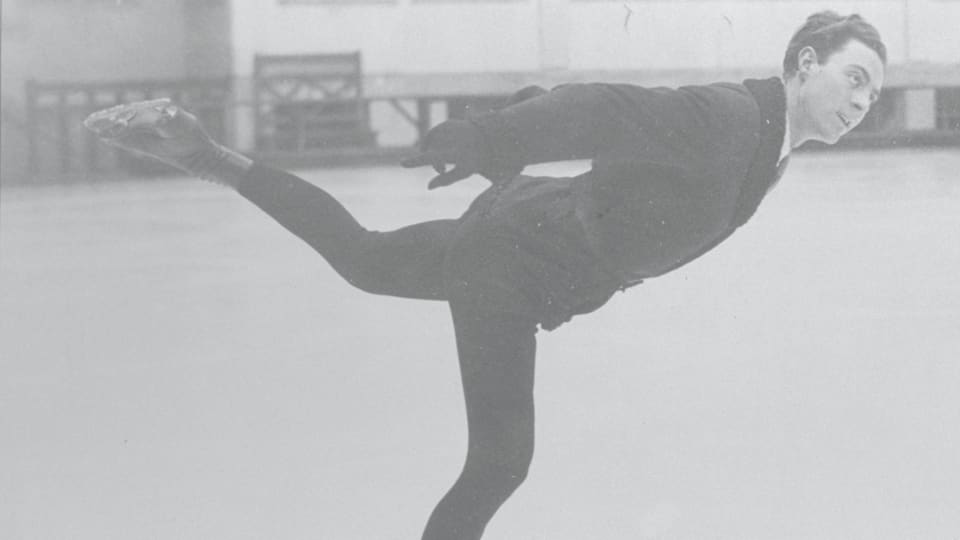
Karl Schäfer was born in Vienna (AUT), a stone’s throw from the world’s first artificial ice rink, built in 1909 by Eduard Engelmann. At the age of 11, he was spotted by figure skating talent scouts. A bronze medallist at the European and World Championships in 1927, he competed at the 1928 Winter Games in St. Moritz, where he finished fourth. Curiously, he also participated in the swimming competition at the Summer Games in Amsterdam (NED) that year, reaching the semi-finals of the 200m breaststroke.
In 1929, he won a silver medal at the ISU World Figure Skating Championships in London, behind three-time Olympic champion Gillis Grafström (SWE). The following year in New York, he went one better, becoming world champion for the first time, a title he defended successfully in Berlin in 1931. Having already amassed three consecutive European crowns from 1929 onwards, the on-song Austrian made it four in a row in Paris just a month before the start of the Lake Placid Games, at which he arrived as the clear favourite.
On 8 February 1932, 12 men representing nine nations lined up to take part in the figure skating competition, one of whom, the all-conquering Grafström – now 38 – made an uncharacteristic error in the imposed figures. Schäfer took advantage of the situation by delivering a near-perfect performance to take the lead at the halfway stage.
And those positions would not change – Schäfer was superb in the free skate, producing a faultless display that showcased his artistic flair and impeccable technique. After five of the seven judges awarded him first place, he knew the gold medal was his. Grafström finished second, picking up a record fourth Olympic figure skating medal, while Montgomery Wilson (CAN) collected the bronze.
Schäfer would retain his Olympic title at Garmisch-Partenkirchen 1936, the year in which he achieved a memorable Grand Slam by also claiming the world (for the seventh time), European (eighth time) and Austrian (seventh time) figure skating titles, before hanging up his skates and moving into coaching, from which he earned a living in his homeland as well as in the United States until his death in 1976.
